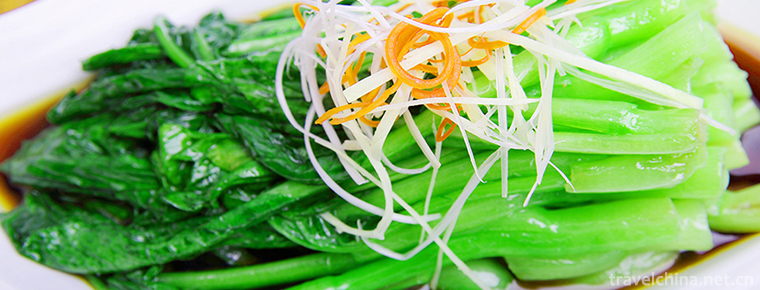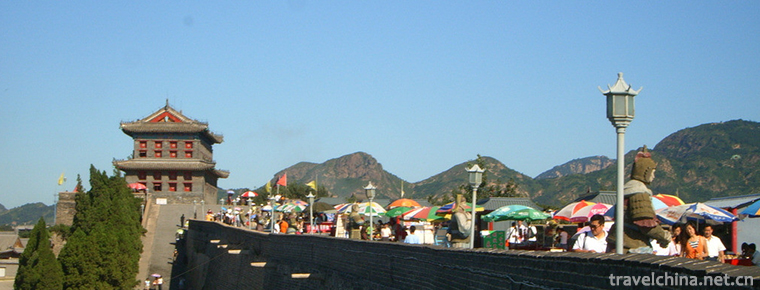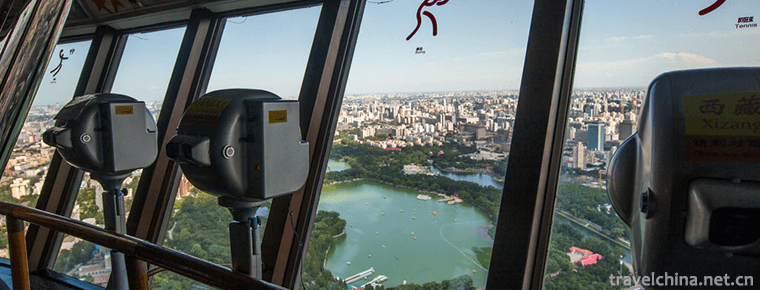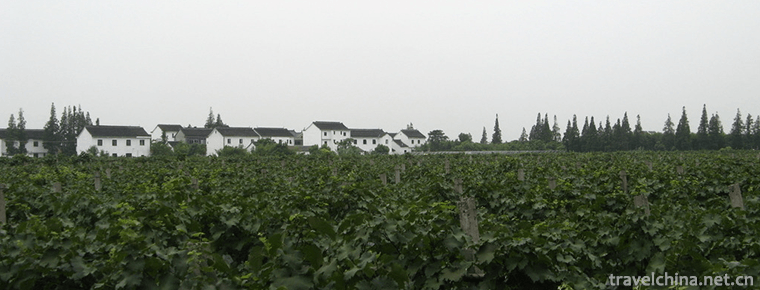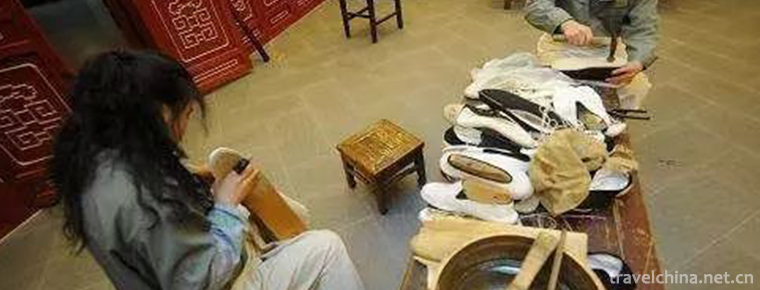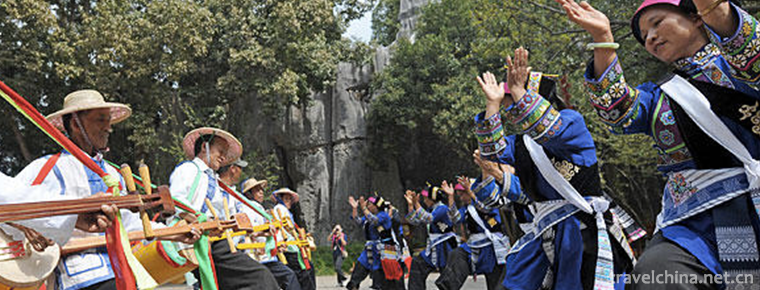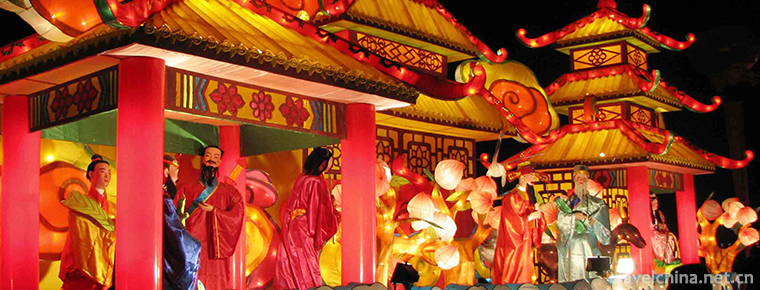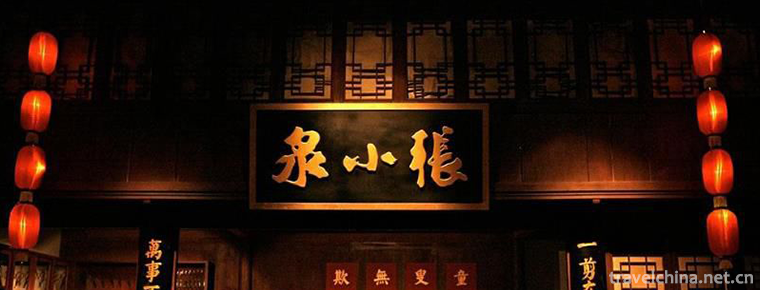Leshan specialty food
Leshan specialty food
Jellied bean curd
Leshan bean curd is one of the special snacks in Leshan, Sichuan Province. The bean curd has deep red pepper and green coriander or celery.
Pot chicken
Bobo chicken, originated from Leshan, Sichuan Province, belongs to Sichuan cuisine. The name of this dish makes you feel very strange. "Bowl" is actually a earthenware pot. The outside of the bowl is painted with red and yellow porcelain dragon patterns. Inside the bowl, the seasonings are mainly spicy and spicy. After being processed in tezhushu, the dishes are made by string of sticks, which are immersed in various seasonings. When eating, they are taken and eaten by themselves. In addition to the long taste, they are more interesting.
Xiba tofu
Xiba tofu is a famous traditional dish of Han nationality in Leshan, Sichuan Province. Xiba bean curd has a long history. It was introduced in the Eastern Han Dynasty, and it was refined in the Tang and Song dynasties. It flourished in the Wanli period of the Ming Dynasty (1573-1620 A.D.), with a history of more than 400 years.
Sweet skin duck
Leshan called the sweet skinned duck as stewed duck, which followed the imperial cuisine of the Qing Dynasty. Discovered and improved by the folk, the brine has its own characteristics, with brown red color, slightly sweet skin, tender meat and pleasant aroma.
cross the legs when sitting
As a traditional local food in Leshan City, "Qiaojiao Er" rose in Zhoucun (now Changchun Village) of Yangwan Township, Shizhong District, Leshan City. It has a history of more than 600 years. When people ate "roadside stalls", they had no stool to sit on, so they could only eat on the horizontal bars of the dining table. Later, "Qiao Jiao Er" derived another form of beef stew in one pot, which was called "beef soup pot". The difference between "Qiao Jiao Er" and "Qiao Jiao Er" was that the diner cooked beef in the soup pot.
Ye Er Ba
"Yeerba" is one of the traditional famous snacks in Leshan. It is named for the local special Ba Ye Bao system and has a long history of development in Leshan.

Leshan specialty food
-
Boiled Chinese flowering cabbage
Boiled cabbage is a traditional dish in Guangdong province. It is a Cantonese cuisine. This dish is crisp and tender in quality, unique in flavor and rich in nutrition.
Views: 175 Time 2018-11-02 -
Qinhuangdao Shanhaiguan Scenic Area
Shanhaiguan, also known as Yuguan, Yuguan and Linluguan, is located 15 kilometers northeast of Qinhuangdao City, Hebei Province
Views: 187 Time 2018-11-24 -
Taining Scenic Tourist Area
Taining Scenic Spot: World Geopark, National AAAAA Class Tourist Spot, National Key Scenic Spot, National Forest Park, National Geopark, National Key Cultural Relics Protection Unit
Views: 217 Time 2018-12-08 -
Central Radio and Television Tower
The Central Radio and Television Tower, now a national 4A scenic spot, is located on the west side of West Third Ring Road, Haidian District, Beijing. Near the Space Bridge, it faces beautiful Yuyuant
Views: 159 Time 2018-12-22 -
Malu Grape Theme Park
Malu Grape Theme Park is located in Malu Town, Jiading District, Shanghai. It is a grape industry base and agricultural tourism demonstration site that integrates grape planting, production, scientifi
Views: 133 Time 2019-02-06 -
Manufacturing Skills of Inside Lined 1000 Layer Cloth Shoes
Inline Shoe Shoe Shoe Shoe Shoe Shoe Shop was founded in 1853 in Xianfeng, Qing Dynasty. At first, it was specially designed for the royal family and officials at all levels t
Views: 315 Time 2019-06-07 -
Trichord Dance of Yi Nationality
Trichord dance of the Yi nationality is a folk dance handed down from generation to generation by the people of the Yi nationality. Different areas or different tribes of the Yi nationality have diffe
Views: 151 Time 2019-07-12 -
The Lantern Festival
Lantern Festival, also known as the Lantern Festival, the Little January Festival, the Lantern Festival or the Lantern Festival, is one of the traditional festivals in China. The first month is the fi
Views: 350 Time 2019-07-16 -
Forging Skill of Zhang Xiaoquans Scissors
In 1663, Zhang Xiaoquan's scissors were first created in Hangzhou, and later became one of the famous "five Hangzhou" products. The development of "Zhang Xiaoquan" scissors has exp
Views: 293 Time 2019-07-25 -
Wawushan National Forest Park
Wawushan National Forest Park is located in Hongya County, Meishan City, west of Sichuan Basin. It is 180 kilometers away from Chengdu and 100 kilometers away from Leshan. As of 1993, the park covers an area of 65869.80 hectares, rich in vegetation resources
Views: 122 Time 2020-10-15 -
Jiufeng Mountain Scenic Area
Jiufeng Mountain is located in Dabao Township in the northwest of Pengzhou. It is about 97 kilometers away from Chengdu, with an altitude of more than 3315 meters. It is the crown of Pengzhou mountains, a sacred and mysterious area
Views: 255 Time 2020-11-05 -
Nanchong mineral resources
Nanchong mainly has rock salt, oil and natural gas, placer gold, ferrotitanium, uranium, phosphorus and other mineral resources. Nanchong is located in the core of Nanchong rock basin, the largest rock salt sedimentary basin in Sichuan Province. Underground
Views: 350 Time 2020-12-17
